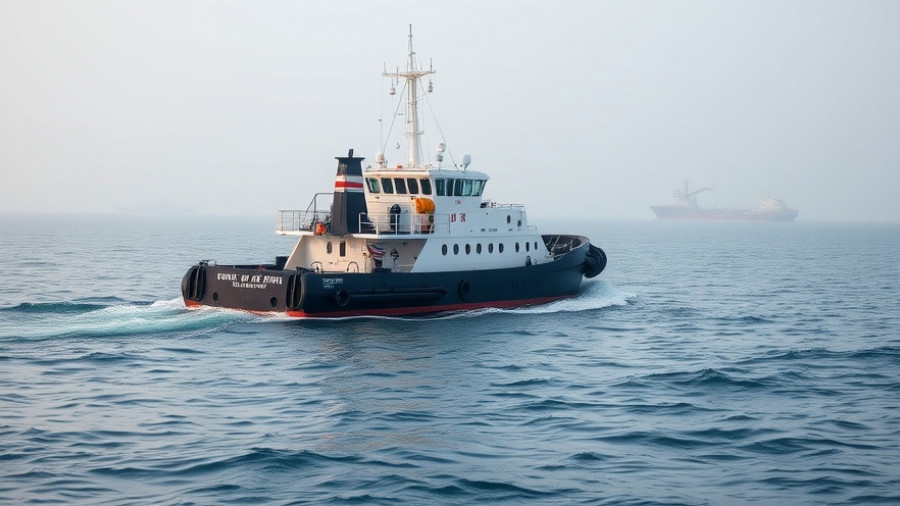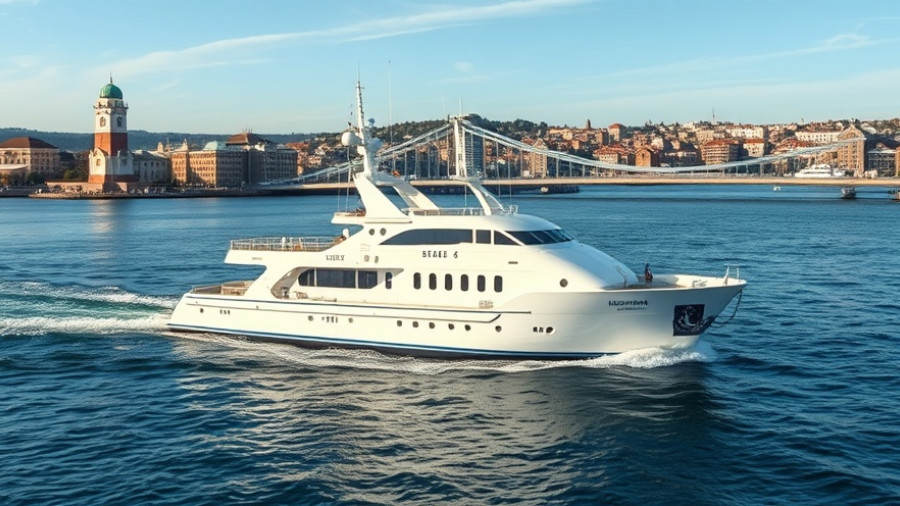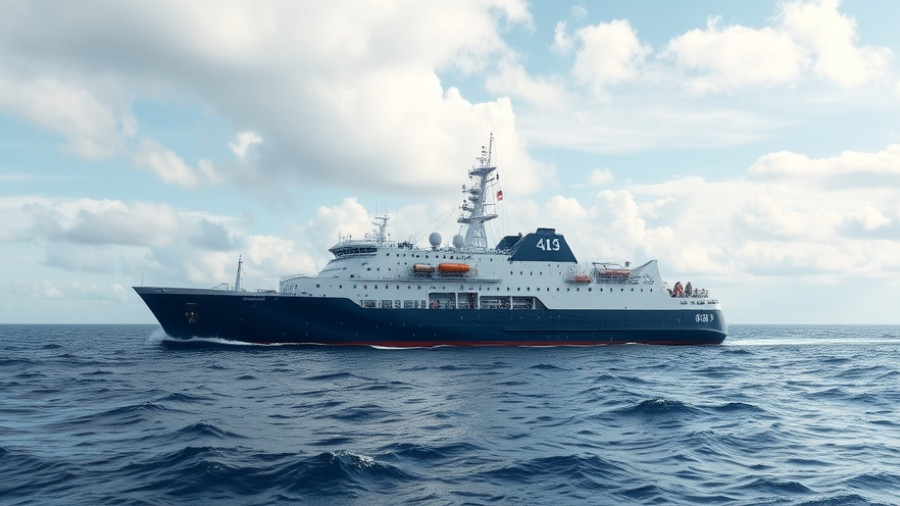
Rerouting Greek Tankers: A Response to Escalating Maritime Threats
In recent months, the Red Sea has transformed from a busy thoroughfare for oil transport into a perilous zone, pushing Greek-managed tankers to take the long way around Africa. This shift, marked by several deadly attacks attributed to the Iran-backed Houthi group, highlights the growing risks in a region already volatile due to geopolitics.
The Deadly Incidents Driving Change
Earlier this month, a deadly assault on a Liberian-flagged, Greek-operated bulk carrier off Yemen claimed four lives, marking a resurgence of violence in an area normally bustling with maritime activity. The Houthis also recently sank another vessel, underscoring the severity of the situation, as these attacks are argued to arise from their support for Palestinians amid the ongoing Gaza conflict.
Shifts in Shipping Routes: Economic Implications
The implications of rerouting through Africa rather than the Red Sea are significant. Greek shipping companies, looking to capitalize on Russian oil sales due to lowered prices below the Western price cap, are now facing increased shipping times. What previously took around 15 days through the Red Sea now stretches into a much longer journey around the Cape of Good Hope, effectively doubling transit times. LSEG shipping data reveals that vessels like Minerva Elpida and Nissos Ios are already taking these alternative routes, navigating toward India to safely deliver their cargo.
Insurance Costs Skyrocketing Amid Rising Risks
With Houthi attacks intensifying, war risk premiums for Red Sea voyages have soared, more than doubling since last November. These skyrocketing costs now add hundreds of thousands of dollars to each seven-day journey, forcing shipping companies to reconsider their operations strategies. Companies are faced with the dilemma of increased shipping risks and costs versus the reliability of alternate routes.
Resilience in the Face of Threats
Despite the risk involved, Greek-managed fleets have managed to operate within the precarious political landscape. The route changes reflect a resilient adaptation to external pressures while maintaining a grip on the Russian oil market amid Western sanctions. These tankers, including those frequently docking in Israeli ports, have now become potential targets given their connections and routes.
The Broader Context: Geopolitical Tensions and Shipping Security
The rising tensions in the Red Sea aren't just about maritime security; they reflect broader geopolitical dynamics in the Middle East. The Houthi rebel group has leveraged their relationship with Iran to mount these aggressive operations, further complicating shipping logistics and placing Greek vessels at great risk. As international players withdraw or adjust routes, the ripple effect of safer navigation could reshape global trade and oil prices.
Looking Ahead: The Future of Maritime Shipping in Conflict Zones
As we look to the future, the Mediterranean and Red Sea routes may see ongoing adjustments based on both geopolitical and economic factors. If conditions do not improve, we might see a broader shift in the shipping industry's landscape, potentially reshaping how oil and commodities flow to global markets. This evolution comes as companies face increased scrutiny and difficulty balancing safety with economic viability.
Your Role in Staying Informed
The ongoing challenges surrounding shipping routes through complicated terrains underscore the importance of staying informed and prepared for changes in the global trade landscape. Understanding how these risks influence oil prices and availability can be vital for businesses and consumers alike. As the industry adapts to new threats, vigilance and awareness remain crucial.
 Add Row
Add Row  Add
Add 




Write A Comment